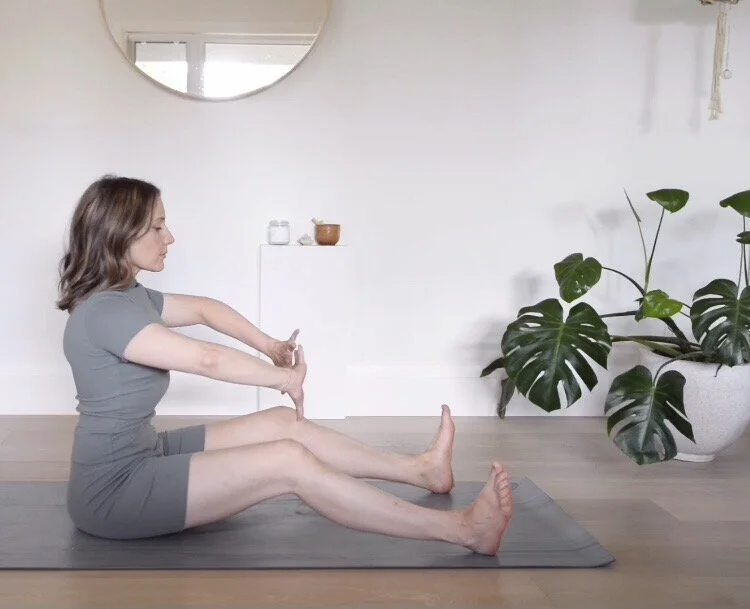
HYPOPRESSIVES
Low Pressure Exercise for Pelvic Health
In 2021, Jen studied under Janet Kimmel and completed the AlignMethod Certification in Hyporessives, Breath Work + Core Connection. This innovative, low pressure fitness technique will now be included in the MAMA METHOD™ repertoire.
Hypopressive exercise was originally taught by Marcel Caufriez in the early 80’s in France as a breathing technique to be used in a clinical setting. It was intended to help postnatal women prevent and/or recover from pelvic floor dysfunction, namely incontinence and pelvic organ prolapse.
⠀⠀⠀⠀⠀⠀⠀⠀⠀
The name itself can sound a little intimidating, but Hypos essentially reprogram the inner core system (pelvic floor, diaphragm, transverse abdominals and multifidi muscles) and improve posture, pelvic health and general well-being.
⠀⠀⠀⠀⠀⠀⠀⠀⠀
During a series of rest breaths and false inhales (abdominal vacuums), the whole body is stressed in such a way that muscles are strengthened, tense muscles stretched and the pelvic floor and abdominal muscles built up gently and very efficiently at the same time. The muscle fibres, which are responsible for the basic tension in the pelvic floor and the deep abdominal muscles, are activated via held positions and a special breathing technique.
Hypopressives can help to:
Eliminate pressure on the pelvic floor
Improve tone and function of the pelvic floor muscles and inner core to eliminate common pelvic floor dysfunction symptoms such as incontinence, prolapse, diastasis recti, and hypertonicity
Decrease the severity of a prolapse
Improve abdominal tone and increase connective tissue strength
Release tension in hypertonic pelvic floor muscles
Increase vascular flow
What happens to your body during an intentional breath hold?
Your deep core mainly consists of slow twitch muscle fibres. During the breath hold, the CO2 level rises and the oxygen level lowers, your brain sends a message to your deep core muscles to work as a team and to inhale. This “ kick starts” the team work between the deep core muscle components: Your Diaphragm, TA’s, Pelvic floor and Multifidus muscles. This intentional breath hold reminds your body how to switch back and forth between the parasympathetic (rest + digest) and sympathetic (fight or flight) nervous systems. A very important component in regulating your Central Nervous System.
Where did the abdominal vacuum originate from?
The abdominal vacuum originates from Hatha Yoga’s Uddiyana Bandha. Uddiyana meaning upward and bandha meaning contracting or lock. During the upward contraction or lock of Uddiyana Bandha, the lock in the glottis, combined with a mock inhalation, the abdominal viscera are pulled in and upwards or elevated. The Diaphragm also elevates creating an upward suction in comparison with its regular movement during normal breathing. This suction and movement of the diaphragm release tension or stretch the diaphragm muscle fibers, connective tissues and fascia. This enables us to breathe better, leading to improved core connection, athletic performance and body mechanics.
Contra Indications of the Abdominal Vacuum
Although the abdominal vacuum is contraindicated for some, the rest of the training system is safe to follow for anyone who has been given medical clearance to exercise. Prior to beginning this or any training program, consult your physician.
It is advised that the abdominal vacuum should be avoided in those during pregnancy and immediate postpartum, as well as those with:
Hypertension/prehypertension
COPD
Intestinal/gastric inflammations
Cardiovascular and coronary problems
Psychiatric problems
Organ transplants
Recent surgical interventions
Any medical contraindication to physical activity
